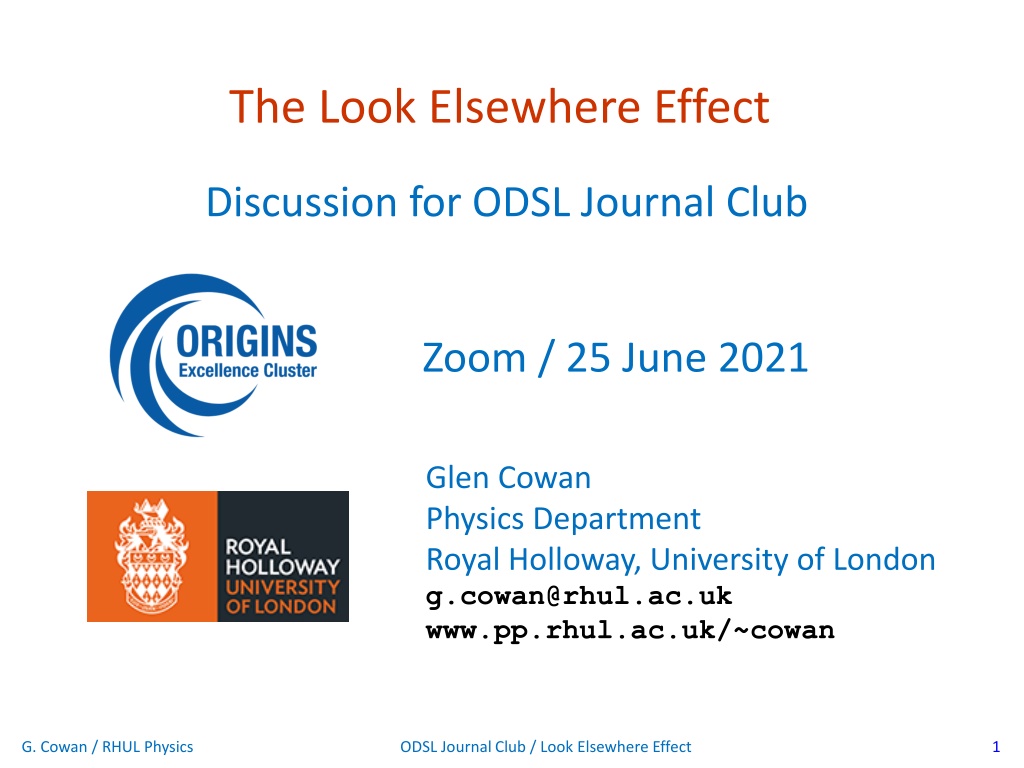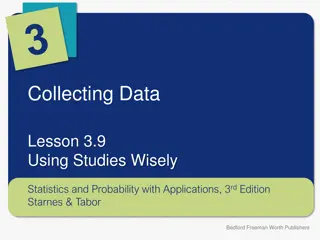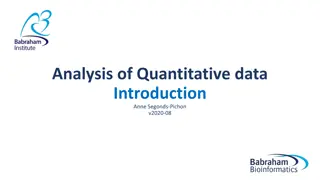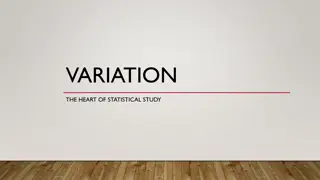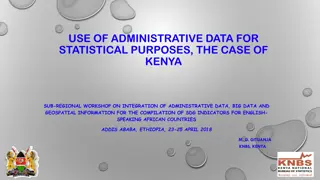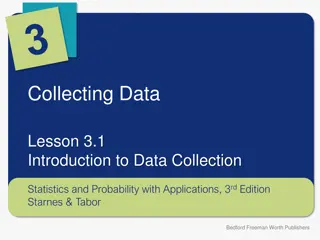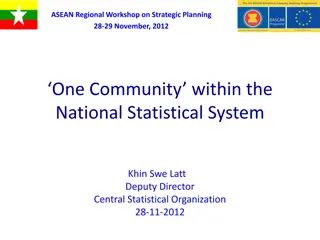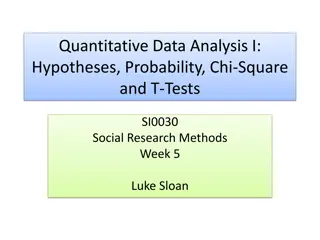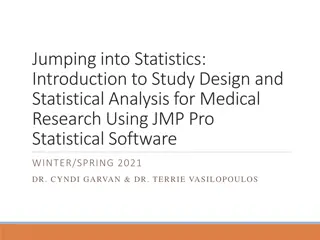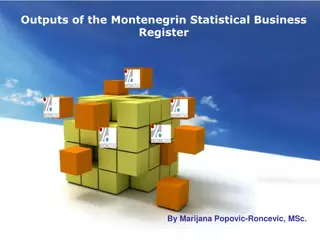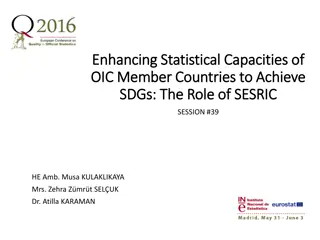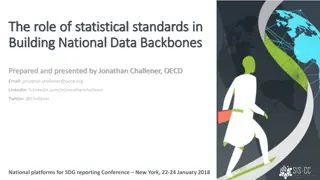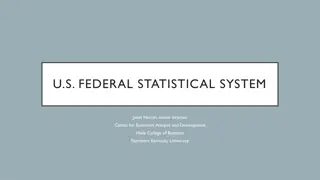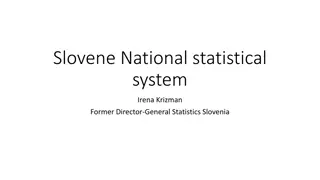The Look Elsewhere Effect in Statistical Analysis
Explore the intricacies of the Look Elsewhere Effect in statistical analysis, discussing multiple testing, frequentist hypothesis testing, Bonferroni correction, and the impact of N independent tests on Family Wise Error Rate. Learn about practical solutions, Bayesian approaches, and implications in particle physics.
Download Presentation

Please find below an Image/Link to download the presentation.
The content on the website is provided AS IS for your information and personal use only. It may not be sold, licensed, or shared on other websites without obtaining consent from the author.If you encounter any issues during the download, it is possible that the publisher has removed the file from their server.
You are allowed to download the files provided on this website for personal or commercial use, subject to the condition that they are used lawfully. All files are the property of their respective owners.
The content on the website is provided AS IS for your information and personal use only. It may not be sold, licensed, or shared on other websites without obtaining consent from the author.
E N D
Presentation Transcript
The Look Elsewhere Effect Discussion for ODSL Journal Club Zoom / 25 June 2021 Glen Cowan Physics Department Royal Holloway, University of London g.cowan@rhul.ac.uk www.pp.rhul.ac.uk/~cowan G. Cowan / RHUL Physics ODSL Journal Club / Look Elsewhere Effect 1
Outline Multiple testing The Look Elsewhere Effect An example and practical solution (Gross and Vitells) Brief comments on: Multidimensional LEE Bayesian approach to LEE G. Cowan / RHUL Physics ODSL Journal Club / Look Elsewhere Effect 2
Frequentist Hypothesis Test For a frequentist hypothesis test of a null (no-signal) hypothesis H0 define a critical region win the data space x, which has probability content assuming H0 not greater than a prespecified small constant (the size of the test): Inequality needed for discrete data; here suppose equality. Choose w to maximize power wrt alternative = P(x in w | H1 ) If x is found in w, reject H0 and announce discovery of new signal. Equivalently, reject H0 if its p-value is less than : The probability to reject H0 if it is true is equal to (the type-I error rate). G. Cowan / RHUL Physics ODSL Journal Club / Look Elsewhere Effect 3
Multiple Testing, Bonferroni Correction If we carry out Ntests, the Family Wise Error Rate is If the tests are independent and each of size , then For N large, FWER 1 and one will surely discover a signal. Even if the tests are not independent, can show So we can ensure the FWER does not exceed if we reject H0 if we reject H0 when Bonferroni, C. E., Teoria statistica delle classi e calcolo delle probabilit , Pubblicazioni del R Istituto Superiore di Scienze Economiche e Commerciali di Firenze 1936 Other corrections less conservative (Sidak, Holm-Bonferroni,...) G. Cowan / RHUL Physics ODSL Journal Club / Look Elsewhere Effect 4
https://imgs.xkcd.com/comics/significant.png For = 0.05, N = 20, FWER = 0.64 G. Cowan / RHUL Physics ODSL Journal Club / Look Elsewhere Effect 5
Multiple Testing LEE For discrete tests this is called multiple testing or multiple comparisons . In particle physics we often carry out a test of H0 (no-signal) designed to have high power with respect to an alternative H1( ) indexed by a continuous parameter (e.g., mass of a new particle). There is a test for each , so N but the tests are not independent (e.g., two masses close to each other). This is the Look Elsewhere Effect (~ continuous multiple testing). Out of the tests carried out, the let the smallest p-value = plocal. We want pglobal = P(plocal plocal,obs | H0) For N independent tests, (not useful here). G. Cowan / RHUL Physics ODSL Journal Club / Look Elsewhere Effect 6
Protype example of LEE and a solution Eilam Gross and Ofer Vitells. Trial factors for the look elsewhere effect in high energy physics. The European Physical Journal C - Particles and Fields, 70:525 530, 2010. R. B. Davies, Hypothesis testing when a nuisance parameter is present only under the alternative, Biometrika 74 (1987), 33-43. Suppose a model for a mass distribution allows for a peak at a mass m with amplitude . The data show a bump at a mass m0. How consistent is this with the no-bump ( = 0) hypothesis? G. Cowan / RHUL Physics ODSL Journal Club / Look Elsewhere Effect 7
Localp-value First, suppose the mass m0 of the peak was specified a priori. Test consistency of bump with the no-signal ( = 0) hypothesis with e.g. likelihood ratio where fix indicates that the mass of the peak is fixed to m0. The resulting p-value gives the probability to find a value of tfix at least as great as observed at the specific mass m0 and is called the local p-value. G. Cowan / RHUL Physics ODSL Journal Club / Look Elsewhere Effect 8
Globalp-value But suppose we did not know where in the distribution to expect a peak. What we want is the probability to find a peak at least as significant as the one observed anywhere in the distribution. Include the mass as an adjustable parameter in the fit, test significance of peak using (Note m does not appear in the = 0 model.) G. Cowan / RHUL Physics ODSL Journal Club / Look Elsewhere Effect 9
E. Gross and O. Vitells, EPJC 70:525530, 2010. Distributions of tfix, tfloat For a sufficiently large data sample, tfix ~ chi-square for 1 degree of freedom (Wilks theorem), significance Zfix = 1(1 plocal) = tfix. For tfloat there are two adjustable parameters, and m, and naively Wilks theorem says tfloat ~ chi-square for 2 d.o.f. In fact Wilks theorem does not hold in the floating mass case because on of the parameters (m) is not- defined in the = 0 model. So getting tfloat distribution is more difficult. G. Cowan / RHUL Physics ODSL Journal Club / Look Elsewhere Effect 10
E. Gross and O. Vitells, EPJC 70:525530, 2010. Approximate correction for LEE We would like to be able to relate the p-values for the fixed and floating mass analyses (at least approximately). Gross and Vitells (using result from Davies) show the p-values are approximately related by where N(c) is the mean number upcrossings of tfix = 2ln in the fit range based on a threshold and where Zlocal = 1(1 plocal) is the local significance. So we can either carry out the full floating-mass analysis (e.g. use MC to get p-value), or do fixed mass analysis and apply a correction factor (much faster than MC). G. Cowan / RHUL Physics ODSL Journal Club / Look Elsewhere Effect 11
E. Gross and O. Vitells, EPJC 70:525530, 2010. Upcrossings of 2lnL The Gross-Vitells formula for the trials factor requires N(c) , the mean number upcrossings of tfix = 2ln in the fit range based on a threshold c = tfix= Zfix2. N(c) can be estimated from MC (or the real data) using a much lower threshold c0: In this way N(c) can be estimated without need of large MC samples, even if the the threshold c is quite high. G. Cowan / RHUL Physics ODSL Journal Club / Look Elsewhere Effect 12
E. Gross and O. Vitells, EPJC 70:525530, 2010. MC study by Gross and Vitells validating approximation for finding mean number of upcrossings (c0 = 0.5) G. Cowan / RHUL Physics ODSL Journal Club / Look Elsewhere Effect 13
E. Gross and O. Vitells, EPJC 70:525530, 2010. Trails factor for example of Gross and Vitells Approximate correction is good for Z > 3, i.e., relevant for claiming signal at 3-sigma or more. G. Cowan / RHUL Physics ODSL Journal Club / Look Elsewhere Effect 14
Vitells and Gross, Astropart. Phys. 35 (2011) 230-234; arXiv:1105.4355 Multidimensional look-elsewhere effect Generalization to multiple dimensions: number of upcrossings replaced by expectation of Euler characteristic: Applications: astrophysics (coordinates on sky), search for resonance of unknown mass and width, ... G. Cowan / RHUL Physics ODSL Journal Club / Look Elsewhere Effect 15
Bayesian approach to LEE See, e.g., James Berger, Bayesian approach to discovery, PHYSTAT11 contribution, https://indico.cern.ch/event/107747/ In Bayesian statistics, probability is associated with hypotheses. A Bayesian tool for discovery of a new signal is the Bayes factor: = posterior odds if prior odds one. The large parameter space of the alternative H1 is automatically taken into account by integrating over the internal parameter. The prior pdf ( ) encodes what region of the parameter space is deemed relevant (i.e., where else you need to look ). G. Cowan / RHUL Physics ODSL Journal Club / Look Elsewhere Effect 16
Summary on Look-Elsewhere Effect The Look-Elsewhere Effect is when we test a single model (e.g., SM) with multiple observations, i.e., in multiple places. This is distinct from the case of exclusion limits. There we test different signal hypotheses (typically once) and say whether each is excluded (result is a confidence interval). With exclusion there is, however, the also problematic issue of testing many signal models (or parameter values) and thus excluding some for which one has little or no sensitivity. Approximate correction for LEE should be sufficient, and one should also report the uncorrected significance. G. Cowan / RHUL Physics ODSL Journal Club / Look Elsewhere Effect 17
Extra slides G. Cowan / RHUL Physics ODSL Journal Club / Look Elsewhere Effect 18
Thoughts on the LEE Louis Lyons, Open statistical issues in particle physics, Annals of Applied Statistics 2008, Vol. 2, No. 3, 887-915 There's no sense in being precise when you don't even know what you're talking about. John von Neumann G. Cowan / RHUL Physics ODSL Journal Club / Look Elsewhere Effect 19
Some papers I didnt manage to get through S. Algeri, D.A. van Dyk, J. Conrad, B. Anderson, On methods for correcting the look-elsewhere effect in searches for new physics, Journal of Instrumentation 11 P12010, 2016, arXiv:1602.03765. Multidimensional method; also nice description of the formalism. Adrian E. Bayer, Uros Seljak, The look-elsewhere effect from a unified Bayesian and frequentist perspective, JCAP 10 (2020) 009, arXiv:2007.13821 ...a continuous generalization of the Bonferroni and Sidak corrections by applying the Laplace approximation to evaluate the Bayes factor, and in turn relating the trials factor to the prior-to-posterior volume ratio. We use this to define a test statistic whose frequentist properties have a simple interpretation in terms of the global p-value,... G. Cowan / RHUL Physics ODSL Journal Club / Look Elsewhere Effect 20
